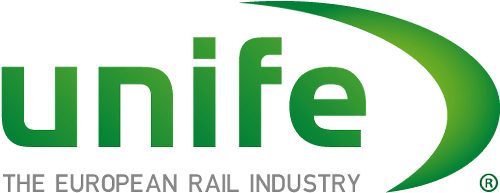Monetising Condition Monitoring Solutions – is it possible? Once you have an effective condition monitoring solution in place, how do you actually monetise it, to realise and enjoy the financial benefit?
With fleets typically being operated for 30 to 50 years, maintenance becomes a very significant element of operational costs over the lifetime of an asset, and condition monitoring is a proven means of achieving cost savings. In most cases a condition monitoring system will not generate new revenues directly (unless of course you are making it part of your service or product offering to your customers). For the majority of applications condition monitoring is deployed as part of an initiative to achieve operational and maintenance cost savings, through improved awareness and more efficient working practice e.g. as a means to extend service intervals. In some cases, the condition monitoring system may also help satisfy safety or certification requirements.
There will be occasions when it is obvious that the successful early detection of a mechanical failure resulted in a reduced repair/maintenance cost – for example replacing a degrading wheel bearing before it fails altogether (which could result in secondary damage to the wheel or drive system). The consequential impact of not detecting and repairing faults early can be really significant, and in the extreme can lead catastrophic mechanical failures and even in-service/operational accidents. However, the direct maintenance savings may not represent the whole story, and the associated indirect savings could be far more significant.
To illustrate the point, consider a hypothetical example: installing an effective condition monitoring system could enable early detection of an impending mechanical failure. There will be a cost associated with the repair itself, but the indirect savings could be such more significant. If the failure were not detected early enough to minimise unforeseen impact, then lost revenues due to unavailability of a vehicle, consequential impact of unplanned maintenance activity, service penalties, customer compensation, additional management and planning time, safety benefits, potential impact on insurance premiums, etc. could all mean the actual cost of the failure far exceeds the actual repair cost.
Another important aspect of the equation is the fact that a successful condition monitoring solution costs money to implement and run, both in terms of upfront investment and ongoing running costs. There is a strong relationship to risk management too – the condition monitoring solution is effectively part of the ‘insurance policy’ to reduce the cost of maintenance and operational risk to the business. As with all insurance products, it costs money to keep them in place and effective. Therefore, the monetary impact of condition monitoring must be considered in the context of return on investment (ROI). The pay back may not be immediate, or even measurable in the first few months or years of deployment, but the benefits really will be there and may be more apparent as savings or benefits in the indirect areas. To ensure the condition monitoring solution is perceived as successful by all interested parties, it is essential to collect and credit those indirect savings to the condition monitoring initiative.
A well implemented condition monitoring solution will utilise modern data analysis and data management techniques to significantly reduce the need for specialist resource to analyse and sift vast amounts of data, charts, tables etc. looking for the condition monitoring value. The right condition monitoring solution will present the user with meaningful information, in the right place and at the right time. The outcome is that the resourcing costs to manage condition monitoring will be reduced, with much of the workload being taken care of by intelligent data management tools.
In summary, to really understand the value of condition monitoring , and to be able to place a monetary value on its impact, it is important to understand the full context of the operational impact of any maintenance activity, and to be able to measure success in the form of meaningful KPIs. Therefore, don’t just focus on the direct maintenance savings, but rather consider the benefits in terms of:
| INCREASED PROFITABILITY, resulting from:– Improved operational efficiency– Increased availability/capacity– Reduced cost of ownership– Improved competitiveness | |
| OPTIMISED MAINTENANCE, achieved by:– Predicting failures earlier– Extended service intervals– Avoiding over-maintenance– Improved scheduling/planning | |
IMPROVED SAFETY, indirectly influencing:– Reduced track-side presence– Improved asset reliability– Increased customer confidence– Earlier identification of rolling stock/track defects | |
| IMPROVED SATISFACTION, as a result of:– Reduced delays– Increased value for money– Enhanced customer experience– Improved quality of service |
The real monetary value of condition monitoring will only be recognised if wider business impact is measured reliably and consistently. Meaningful KPIs such as maintenance hours and downtime (loss of service) saved, with appropriate costs per hour applied, along with any penalties avoided should enable an effective return on investment to be calculated.
There will of course be other intangible benefits such as promoting trust/safety culture and increasing public confidence in safety/reliability/operational efficiency of platforms monitored, by providing deterministic information/reliable evidence. Such benefits are difficult to quantify in terms of money, but they can have positive impact on reputation and competitiveness.
SmartVision™ enhances the overall effectiveness of your fleet operation. It enables you to focus on increasing profitability by optimising maintenance activity whilst providing additional benefits relating to improved safety and higher customer satisfaction.

